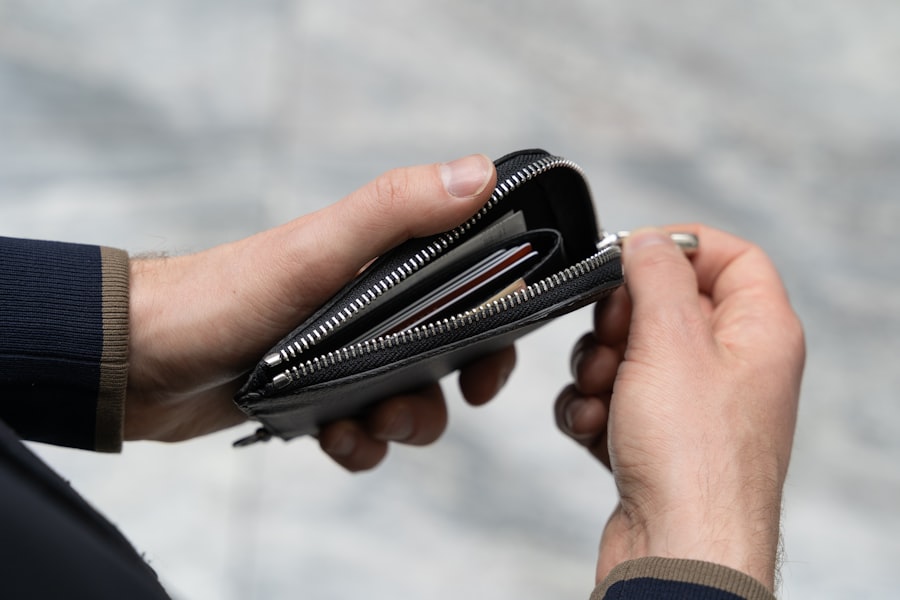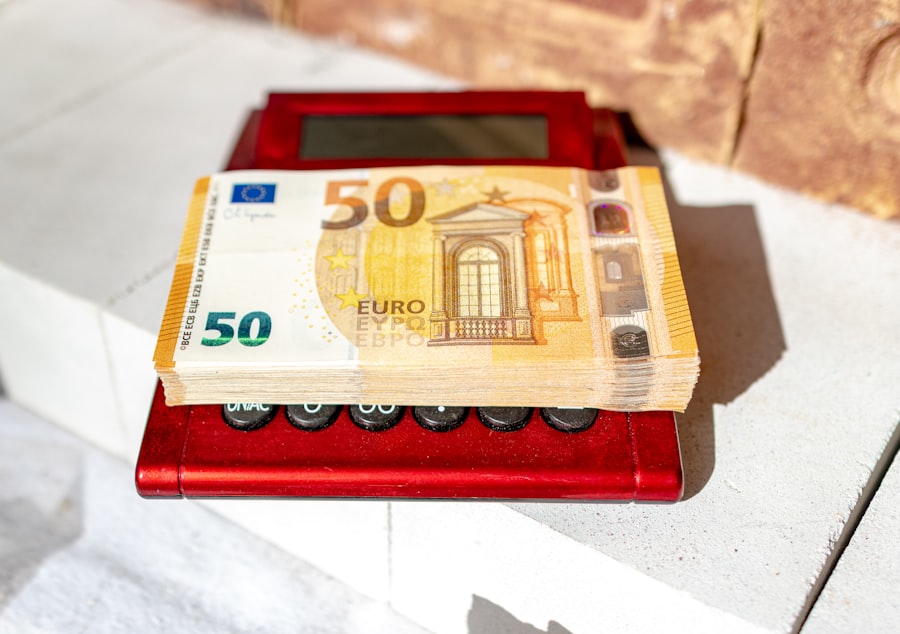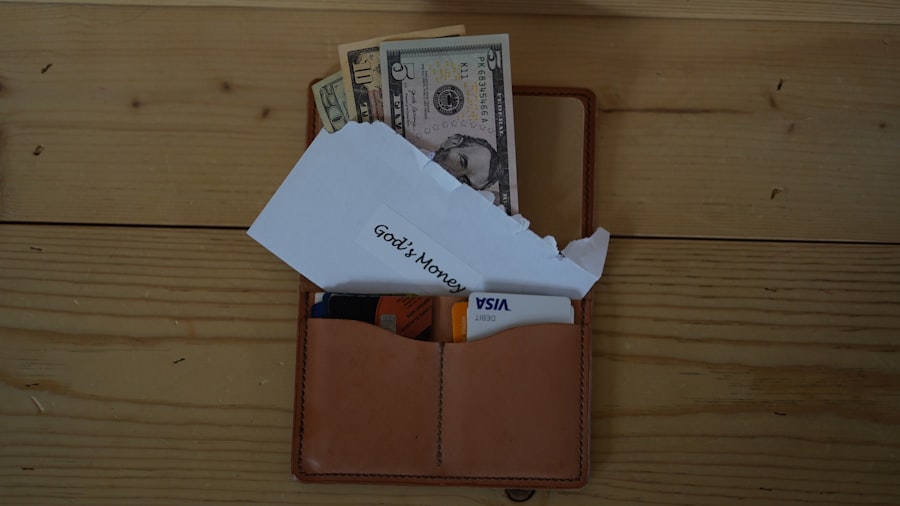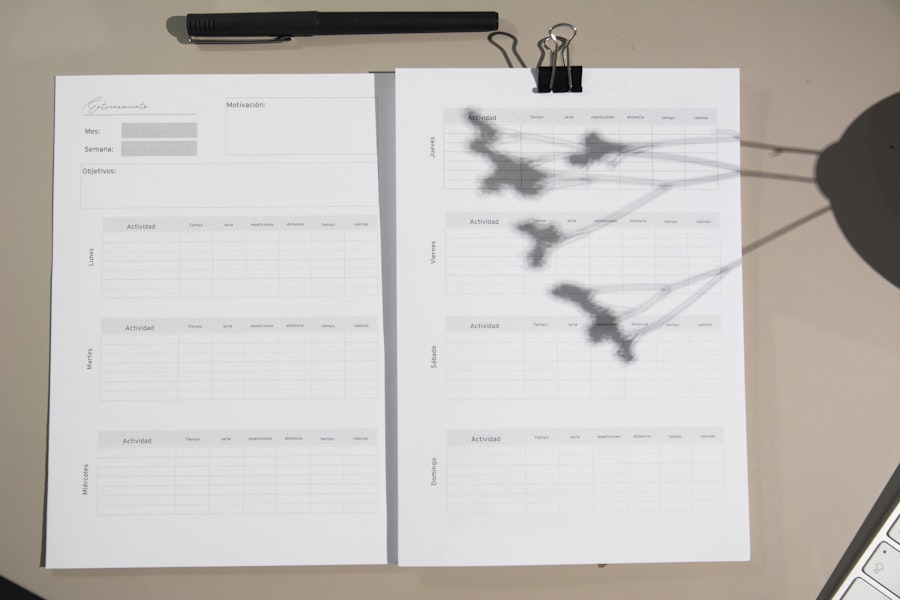In an increasingly digital world, managing personal finances has become more accessible and efficient, thanks in large part to budgeting apps. These applications serve as powerful tools that help individuals track their income, expenses, and savings goals, all from the convenience of their smartphones or computers. The rise of budgeting apps reflects a broader trend toward financial literacy and empowerment, enabling users to take control of their financial futures.
With a plethora of options available, each app offers unique features tailored to different financial needs and lifestyles. The importance of budgeting cannot be overstated. It serves as the foundation for sound financial management, allowing individuals to allocate their resources wisely, avoid debt, and save for future goals.
Budgeting apps simplify this process by providing real-time insights into spending habits, helping users identify areas where they can cut back or invest more. As technology continues to evolve, these apps are becoming increasingly sophisticated, incorporating features such as automated tracking, goal setting, and even investment advice. This article will explore some of the most popular budgeting apps on the market today, highlighting their key features and benefits.
Key Takeaways
- Budgeting apps help users track and manage their finances more effectively
- Key features to look for in budgeting apps include expense tracking, goal setting, and bill reminders
- Mint offers a comprehensive budgeting app with features like credit score monitoring and investment tracking
- YNAB is a proactive budgeting app that focuses on giving every dollar a job and encourages users to plan for future expenses
- PocketGuard provides a simplified budgeting app with a focus on tracking and categorizing expenses
- Goodbudget is a collaborative budgeting app that allows users to share and sync budgets with family members or partners
- Albert is a personal finance assistant app that uses AI to analyze spending patterns and provide personalized financial advice
- When choosing the right budgeting app, consider your financial goals, budgeting style, and the features that are most important to you
Features to Look for in Budgeting Apps
When selecting a budgeting app, it is essential to consider several key features that can significantly enhance the user experience and effectiveness of the tool. One of the most critical aspects is user-friendliness. An intuitive interface allows users to navigate the app easily, making it simpler to input data and access important information.
A well-designed app should minimize the learning curve, enabling users to start budgeting effectively without extensive tutorials or technical knowledge. Another vital feature is the ability to sync with bank accounts and credit cards. This functionality automates transaction tracking, reducing the need for manual entry and ensuring that users have an up-to-date view of their financial situation.
Additionally, categorization of expenses is crucial; a good budgeting app should automatically categorize transactions into predefined groups such as groceries, entertainment, and utilities. This categorization helps users understand their spending patterns and identify areas for improvement. Moreover, goal-setting capabilities are essential for those looking to save for specific objectives, whether it be a vacation, a new car, or an emergency fund.
The app should allow users to set financial goals and track their progress over time. Notifications and reminders can also play a significant role in keeping users accountable and motivated. Lastly, security features are paramount; users must feel confident that their sensitive financial information is protected from unauthorized access.
Mint: A Comprehensive Budgeting App
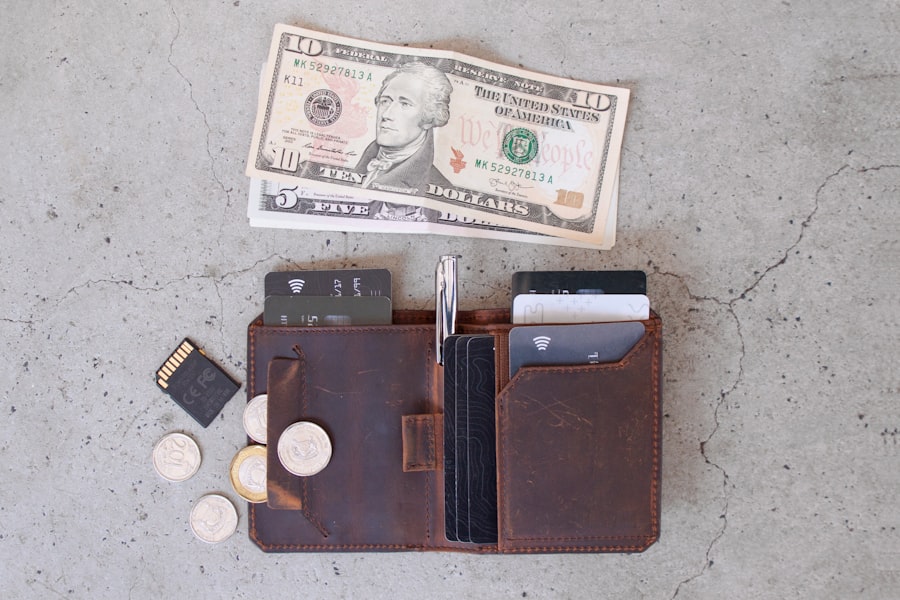
Mint is one of the most well-known budgeting apps available today, offering a comprehensive suite of features designed to help users manage their finances effectively. Launched in 2006 and acquired by Intuit in 2009, Mint has established itself as a leader in the personal finance space. One of its standout features is its ability to aggregate all financial accounts in one place.
Users can link their bank accounts, credit cards, loans, and investment accounts, providing a holistic view of their financial health. The app’s dashboard presents an overview of income, expenses, and net worth, making it easy for users to assess their financial situation at a glance. Mint automatically categorizes transactions based on spending patterns, allowing users to see where their money is going each month.
This feature is particularly useful for identifying unnecessary expenditures that can be trimmed from the budget. Additionally, Mint offers personalized insights and tips based on spending habits, helping users make informed decisions about their finances.
Whether it’s saving for a vacation or paying off debt, users can track their progress toward these goals within the app. Furthermore, Mint provides alerts for upcoming bills and unusual spending patterns, helping users stay on top of their financial obligations.
With its robust feature set and user-friendly interface, Mint remains a top choice for individuals seeking a comprehensive budgeting solution.
YNAB (You Need a Budget): A Proactive Budgeting App
| Metrics | Values |
|---|---|
| Number of Users | Over 5 million |
| Monthly Active Users | Approximately 1.5 million |
| App Store Rating | 4.8 out of 5 |
| Google Play Rating | 4.7 out of 5 |
| Features | Budgeting, Goal Tracking, Reporting, Bank Syncing |
YNAB, which stands for “You Need a Budget,” takes a proactive approach to budgeting that encourages users to allocate every dollar they earn toward specific expenses or savings goals.
This forward-thinking philosophy is encapsulated in YNAB’s four foundational rules: give every dollar a job, embrace your true expenses, roll with the punches, and age your money.
One of the most appealing aspects of YNAB is its educational component. The app offers extensive resources, including workshops and tutorials that teach users how to budget effectively. This focus on financial education empowers users to take control of their finances rather than relying solely on the app’s features.
YNAB’s interface allows users to create customizable categories for their expenses and income sources, making it easy to tailor the budget to individual needs. YNAB also excels in its ability to sync with bank accounts for real-time transaction tracking while maintaining a strong emphasis on manual input. This combination encourages users to engage with their finances actively rather than passively observing their spending habits.
The app’s reporting features provide insights into spending trends over time, helping users make informed adjustments to their budgets as needed. For those who appreciate a hands-on approach to budgeting and value financial education, YNAB offers a compelling solution.
PocketGuard: A Simplified Budgeting App
For individuals seeking a straightforward approach to budgeting without overwhelming complexity, PocketGuard may be the ideal solution. Launched in 2015, PocketGuard focuses on simplifying the budgeting process by providing users with a clear picture of how much disposable income they have after accounting for bills, goals, and necessities. The app’s tagline—”What’s left after I pay my bills?”—captures its essence perfectly.
PocketGuard connects securely with users’ bank accounts and automatically categorizes transactions into essential spending categories such as bills and necessities. This automation allows users to see at a glance how much money they have available for discretionary spending each month. The app also includes features that enable users to set savings goals and track progress toward those objectives without getting bogged down in excessive detail.
One of PocketGuard’s standout features is its “In My Pocket” function, which calculates how much money is available for spending after accounting for bills and savings goals. This feature helps users avoid overspending by providing a clear limit on discretionary expenses. Additionally, PocketGuard offers insights into recurring subscriptions and bills, allowing users to identify areas where they can cut back or eliminate unnecessary expenses.
For those who prefer simplicity without sacrificing effectiveness, PocketGuard presents an attractive option.
Goodbudget: A Collaborative Budgeting App

Goodbudget distinguishes itself from other budgeting apps by adopting a unique envelope budgeting system that allows users to allocate funds into virtual envelopes for different spending categories. This method harkens back to traditional cash envelope systems but modernizes it through digital technology. Founded in 2009 as Easy Envelope Budget Aid (EEBA), Goodbudget has evolved into a collaborative budgeting tool that enables multiple users to share budgets seamlessly.
The app allows families or partners to work together on their finances by sharing access to specific envelopes or budgets. This collaborative feature is particularly beneficial for households where multiple individuals contribute to shared expenses or savings goals. Users can track spending in real-time and communicate about budgetary decisions directly within the app.
Goodbudget also emphasizes goal-setting by allowing users to create specific envelopes for savings objectives alongside regular spending categories. Users can monitor progress toward these goals visually through the app’s interface. Additionally, Goodbudget supports manual entry of transactions for those who prefer not to link their bank accounts directly.
This flexibility makes it suitable for individuals who want more control over their budgeting process while still benefiting from collaborative features.
Albert: A Personal Finance Assistant App
Albert takes a different approach by positioning itself as a personal finance assistant rather than just a budgeting tool. Launched in 2015, Albert combines budgeting capabilities with personalized financial advice tailored to individual user needs. The app uses algorithms to analyze spending patterns and provide actionable insights aimed at improving overall financial health.
One of Albert’s standout features is its ability to offer personalized recommendations based on user behavior. For instance, if the app detects that a user consistently overspends in a particular category, it may suggest ways to cut back or provide tips on how to save more effectively. This proactive approach sets Albert apart from traditional budgeting apps that primarily focus on tracking expenses.
Albert also includes features such as automated savings tools that help users set aside money for specific goals without requiring constant manual input. Users can choose how much they want to save each month or set up recurring transfers from checking accounts into savings accounts automatically. Additionally, Albert provides access to financial experts through its subscription service, allowing users to ask questions and receive personalized advice when needed.
Choosing the Right Budgeting App for You
Selecting the right budgeting app ultimately depends on individual preferences and financial goals. Each app discussed offers unique features tailored to different needs—whether it’s comprehensive tracking with Mint, proactive planning with YNAB, simplicity with PocketGuard, collaboration with Goodbudget, or personalized assistance with Albert. Understanding one’s own financial habits and objectives is crucial in making an informed choice.
As technology continues to advance and personal finance becomes increasingly digitized, budgeting apps will likely evolve further to meet user demands. By leveraging these tools effectively, individuals can gain greater control over their finances and work toward achieving their long-term financial aspirations with confidence.
If you are looking for a good free budgeting app, you may want to check out this article on Valapoint that provides a list of top budgeting apps to help you manage your finances effectively. These apps offer various features such as expense tracking, goal setting, and bill reminders to help you stay on top of your budget. Additionally, you can also learn how to master budget tracking with Smartsheet in another article on Valapoint. This tool can help you create detailed budgets, track expenses, and analyze your financial data to make informed decisions about your money.





